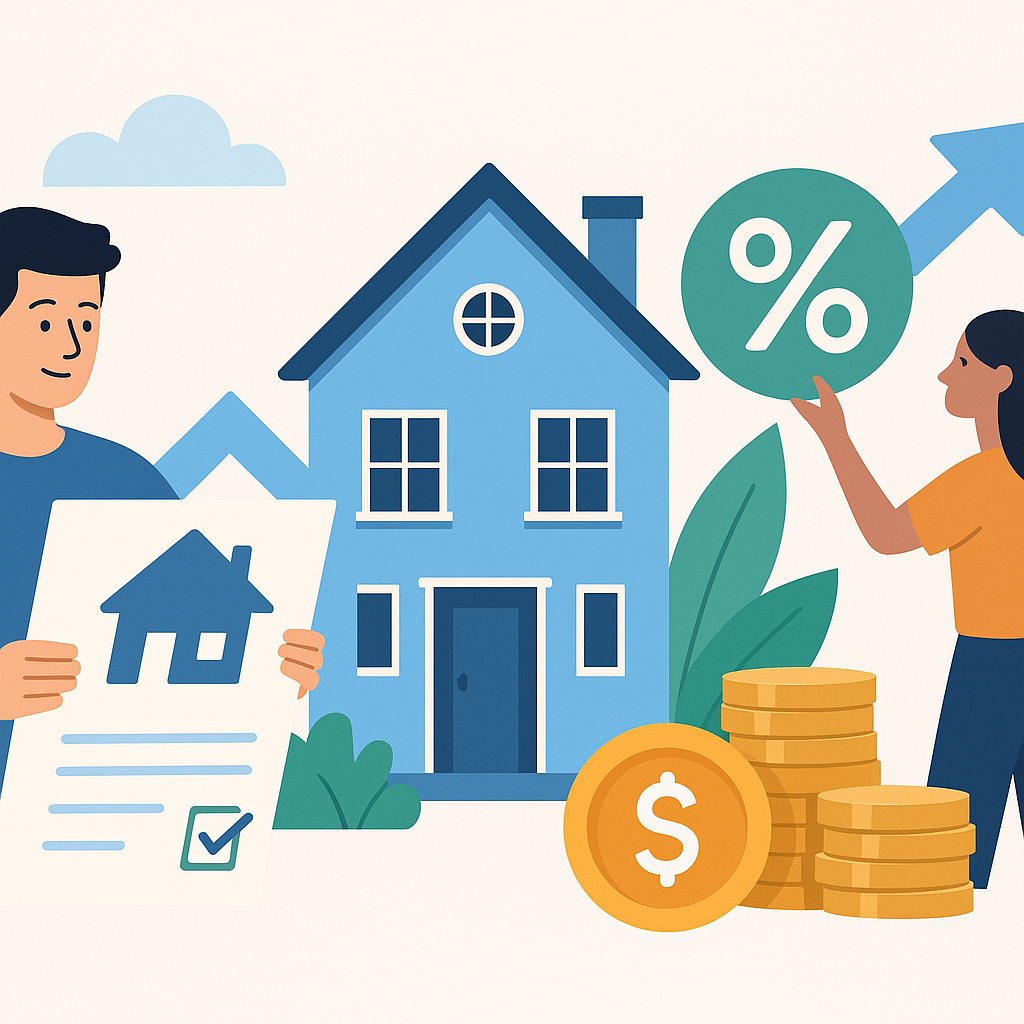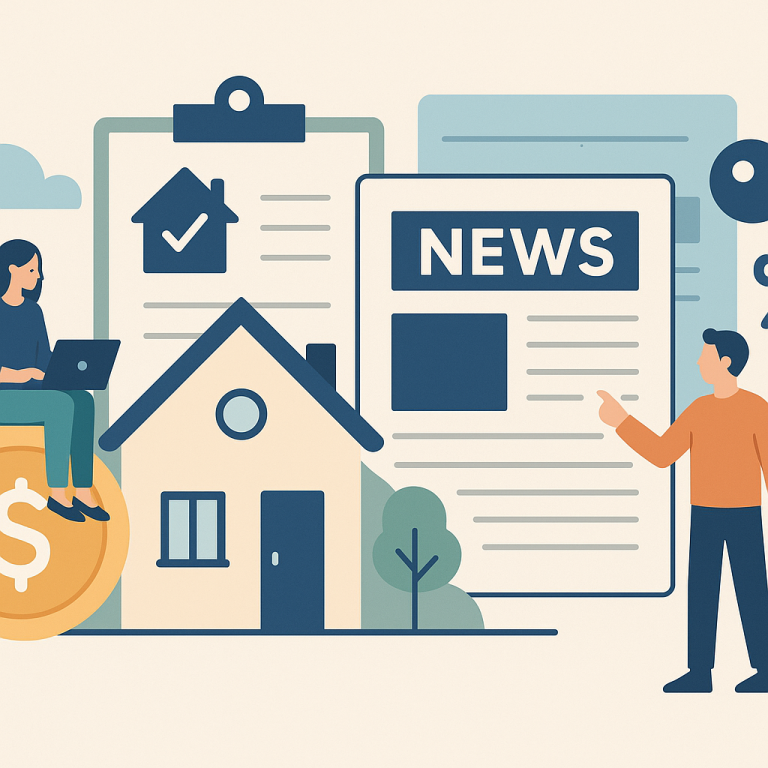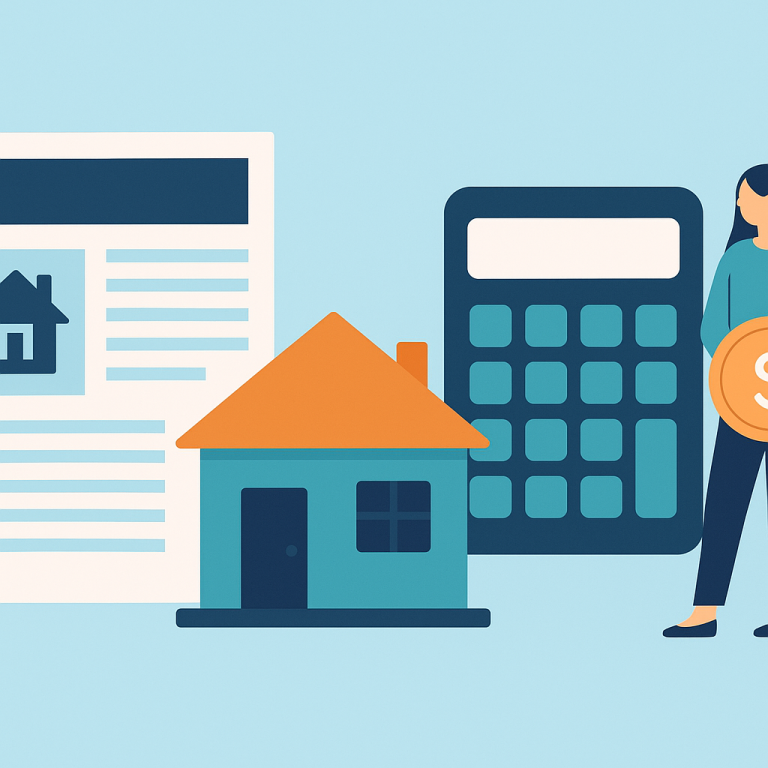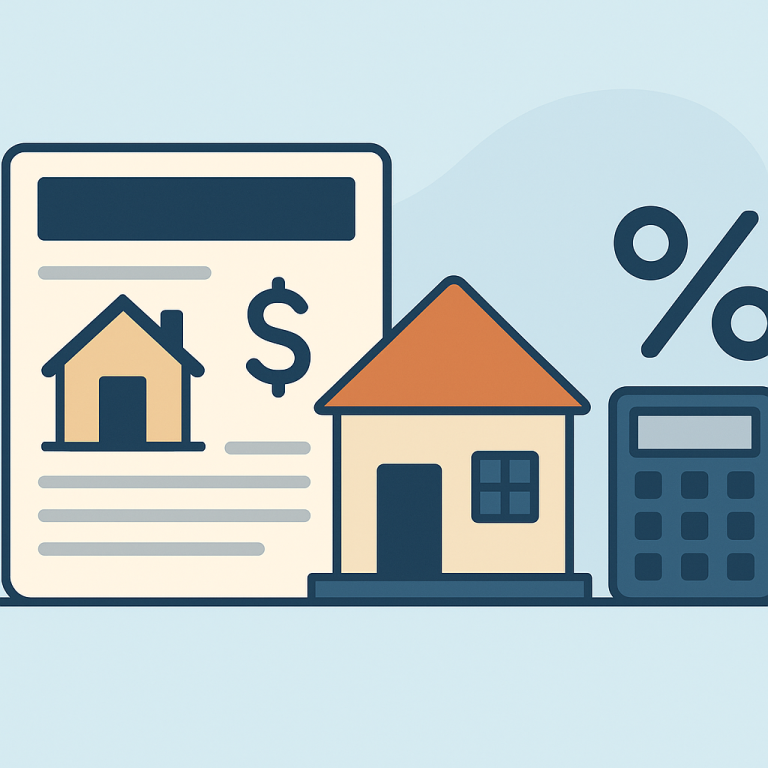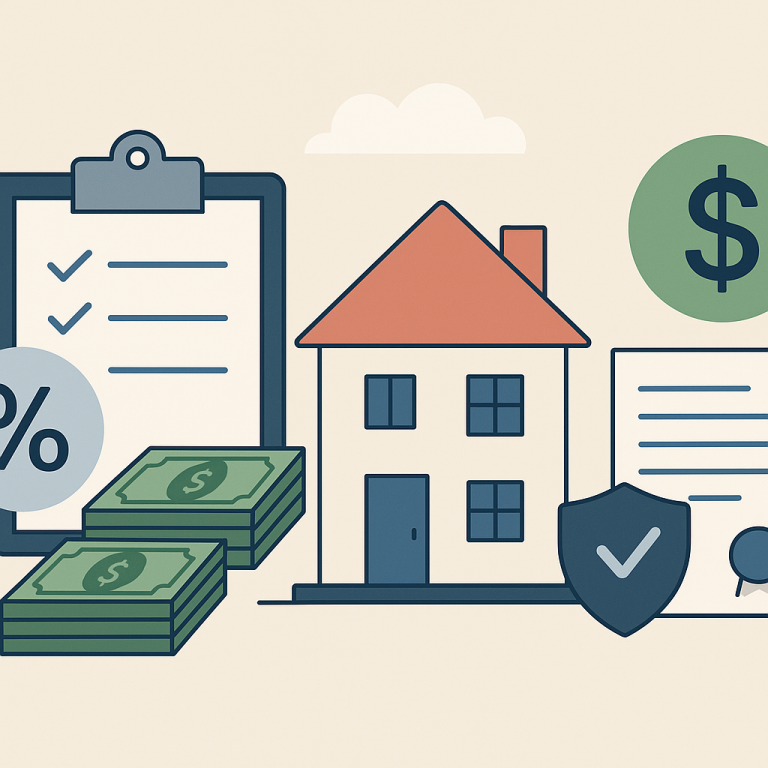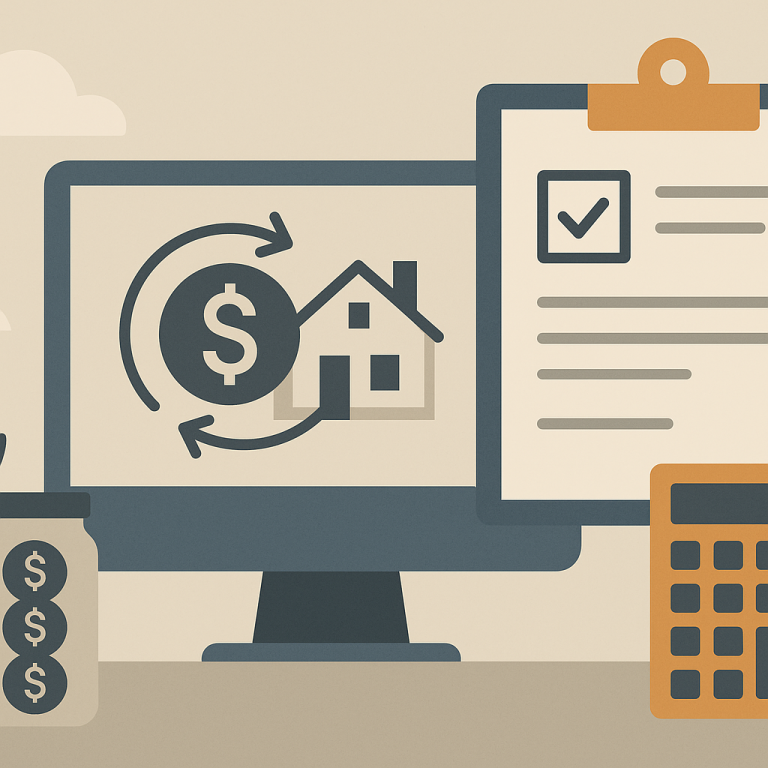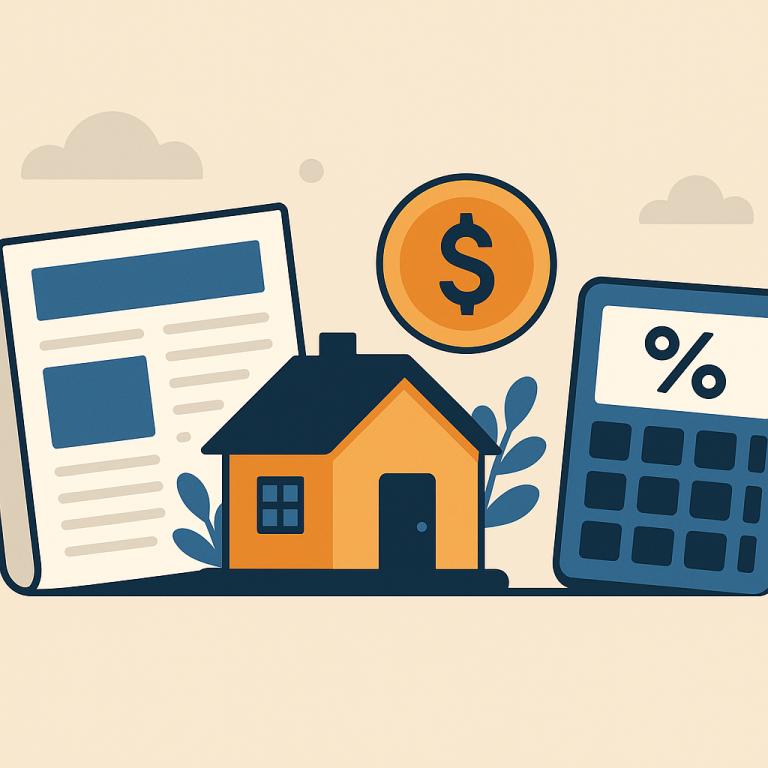Refinance guide refinance closing costs breakdown and how to lower them
Refinance Closing Costs: What They Are and When It Makes Sense
Refinancing replaces your existing mortgage with a new loan, and closing costs are the one-time fees you pay to complete that transaction. For most homeowners, refinancing makes sense when you can reduce your interest rate, change the loan term, switch loan types (e.g., adjustable to fixed), or tap equity with a cash‑out refinance. The key question is whether the long‑term savings justify the upfront closing costs — typically calculated using a break‑even period.
Benefits and Drawbacks
Benefits
- Lower interest rates can reduce monthly payments and total interest paid.
- Shortening the loan term can increase equity buildup and shorten payoff time.
- Switching loan types can provide payment stability (e.g., fixed rate instead of ARM).
- Cash‑out refinancing can consolidate debt or fund home improvements.
Drawbacks
- Closing costs add upfront expense and can offset short‑term savings.
- Rolling costs into the new loan increases your principal and interest paid over time.
- Refinancing resets the amortization schedule, which can slow equity growth if you extend the term.
- Not all homeowners qualify for the best rates; credit or low equity can raise fees.
Costs and Fees — A Typical Breakdown
Closing costs for refinancing usually run 2% to 5% of the loan amount, though the exact total varies by lender, loan type, and state. Common line items include:
- Loan origination fee: The lender’s fee for processing the loan (often 0.5%–1.5% of the loan).
- Discount points: Optional prepaid interest to buy a lower rate (each point = 1% of loan amount).
- Appraisal fee: Typically $300–$700 depending on property type and location.
- Title search and insurance: $300–$1,500 to verify ownership and protect against defects.
- Credit report fee: Often $25–$50.
- Underwriting and processing fees: Administrative charges from the lender, often $400–$900 combined.
- Recording fees and transfer taxes: Local government charges, usually under $1,000.
- Escrow/impound setup and prepaid interest: Payments collected upfront to fund property taxes and insurance.
Some small miscellaneous fees may appear for courier or notary services, flood certification, HOAs, or payoff statements from your current servicer.
How to Lower Refinance Closing Costs
- Shop multiple lenders and compare Loan Estimates; small differences add up. Ask for a full breakdown and explanations for any unusual fees.
- Negotiate origination and processing fees. Many lenders have wiggle room, especially in a competitive market.
- Consider “no‑closing‑cost” refinance options where the lender pays costs in exchange for a higher rate or lender credit. Calculate the long‑term cost before choosing this route.
- Shop title and settlement services separately if allowed in your state; using an alternative title company can save money.
- Avoid unnecessary services. Decline optional products like identity protection or unnecessary warranty coverages.
- Improve your credit score before applying; better credit can secure lower fees and rates.
- Look for streamlined refinance programs (e.g., some VA, FHA, or agency products) that waive appraisals or reduce documentation.
- Pay closing costs upfront if you plan to sell soon — rolling them into the loan could cost more over time.
Step‑by‑Step Refinance Process
- Assess goals: Lower rate, shorten term, convert loan type, or cash out equity. Calculate the break‑even point (closing costs ÷ monthly savings).
- Gather documents: Recent pay stubs, W‑2s, tax returns, bank statements, current mortgage statement, and property information.
- Shop lenders and request Loan Estimates (LEs). Compare interest rates, APR, total closing costs, and estimated monthly payments.
- Choose a lender and submit a formal application. Expect a credit pull, and provide any additional documents requested.
- Order appraisal and title work. Appraisal validates your home’s value and helps determine loan‑to‑value (LTV).
- Underwriting review. The lender will verify income, assets, title, and appraisal results. Respond promptly to any conditions.
- Receive Closing Disclosure (CD) at least three business days before closing with final costs.
- Close the loan: Sign documents, pay any required upfront costs, and wait for funding and payoff of the old loan.
- Verify final statements and ensure escrow accounts are set up properly for taxes and insurance.
Common Pitfalls to Avoid
- Ignoring the break‑even period. If you plan to move before you recover closing costs, refinancing may not be worth it.
- Failing to account for rolled‑in costs. Adding fees to the loan balance raises monthly payments and long‑term interest.
- Not comparing APR and total costs. A lower interest rate doesn’t always mean lower overall cost if fees are higher.
- Missing fine print on “no‑closing‑cost” deals that increase interest or include higher fees elsewhere.
- Letting credit drop before closing — new debt or missed payments can change loan terms or trigger denial.
- Overlooking prepayment penalties on the original loan — these can offset or exceed savings.
Short FAQ
Q: How do I calculate if refinancing is worth it?
A: Divide total closing costs by your expected monthly savings to find the break‑even period. If you expect to stay in the home longer than that period, refinancing is more likely to make sense.
Q: Can I avoid an appraisal?
A: Some streamlined refinances (certain VA IRRRLs, FHA streamline or lender programs) may waive appraisals, but these are limited and subject to lender and investor guidelines.
Q: What is a lender credit?
A: A lender credit reduces out‑of‑pocket closing costs in exchange for a slightly higher interest rate. It’s useful if you don’t want to pay upfront, but it increases lifetime interest costs.
Q: Are closing costs tax deductable?
A: Generally, most refinance closing costs are not immediately tax‑deductible. Some costs (like mortgage interest points) may be deductible over the life of the loan. Consult a tax professional for your situation.
Refinancing can be a powerful tool to lower payments, shorten a mortgage, or access equity — but closing costs matter. Do the math, shop aggressively, and be mindful of hidden or roll‑in fees to maximize the financial benefit.
META: refinance closing costs breakdown, typical fees and ranges, how to lower closing costs, break-even calculation, refinance checklist

